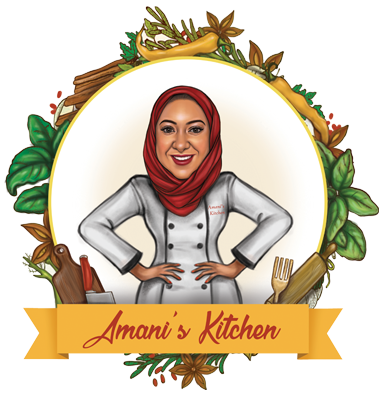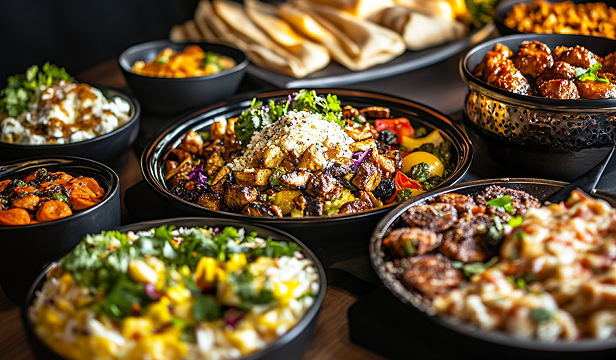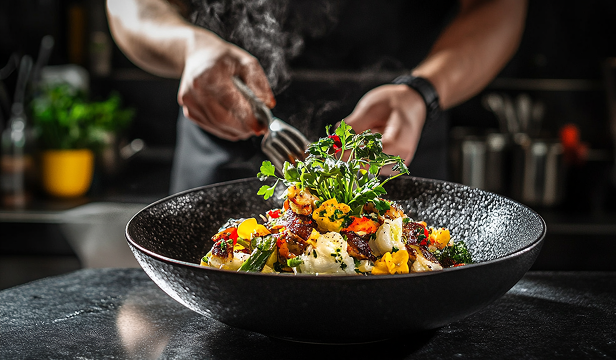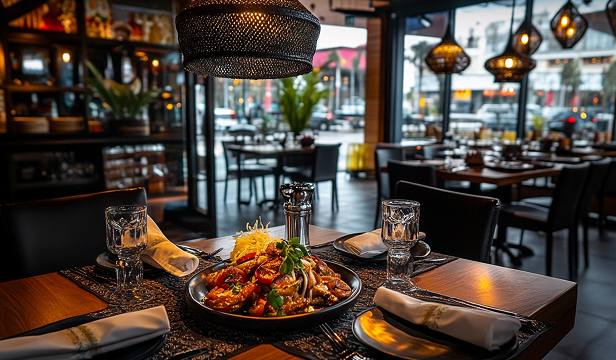Introduction Middle Eastern art is renowned for its intricate patterns, rich colours, and deep cultural…
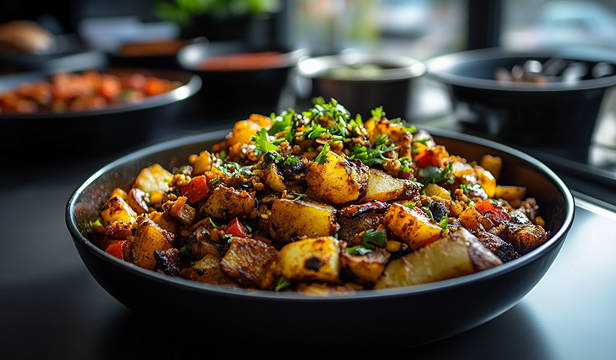
The Art of Food Photography: Capturing the Beauty of Middle Eastern Cuisine
Introduction
Food photography is more than just capturing a meal—it is about telling a story, evoking emotions, and celebrating the artistry behind each dish. Middle Eastern cuisine, with its rich colours, intricate textures, and cultural significance, offers a perfect canvas for stunning food photography. Whether for social media, restaurant branding, or cookbooks, the art of food photography enhances the appreciation of this diverse culinary tradition.
The Unique Aesthetic of Middle Eastern Cuisine
Middle Eastern dishes are known for their vibrant presentations, featuring a harmonious blend of colours, textures, and garnishes. Some key elements that make them visually appealing include:
- Rich Colours: Ingredients like saffron, pomegranate, turmeric, and sumac add depth and contrast.
- Intricate Plating: Mezze platters, decorated rice dishes, and beautifully garnished desserts create visual complexity.
- Handcrafted Tableware: Traditional ceramics and hand-painted plates add authenticity to the presentation.
- Cultural Symbolism: Elements such as Arabic calligraphy, geometric patterns, and traditional serving methods enrich the story behind the food.
Essential Techniques for Capturing Middle Eastern Cuisine
To effectively photograph Middle Eastern dishes, photographers must consider various techniques that highlight their intricate beauty.
1. Lighting and Shadows
- Natural Light: Soft daylight enhances the textures and colours of dishes, making them appear fresh and inviting.
- Directional Light: Side lighting adds depth and contrast, bringing out the layers of a dish.
- Minimal Harsh Shadows: Avoiding excessive shadows helps maintain a balanced and elegant look.
2. Composition and Styling
- Rule of Thirds: Placing the focal point along intersecting lines creates a dynamic composition.
- Overhead vs. Side Angles: Flat-lay shots work well for mezze spreads, while side angles highlight layered dishes like baklava.
- Use of Props: Incorporating Middle Eastern fabrics, cutlery, and spices enhances the authenticity of the scene.
3. Colour and Texture Enhancement
- Contrast in Ingredients: Pairing bright herbs with deep-coloured dishes creates striking visuals.
- Focus on Details: Close-up shots of crispy falafel, dripping tahini, or soft pita bread emphasize texture.
- Warm Tones: Earthy hues complement the natural warmth of Middle Eastern cuisine.
Storytelling Through Food Photography
Great food photography captures not just the dish but the cultural essence behind it. To create a compelling visual narrative:
- Incorporate People: Hands tearing bread, pouring tea, or arranging a dish add a human touch.
- Show Cooking Stages: Capturing the preparation process, from rolling dough to grilling meats, enhances authenticity.
- Highlight Traditional Settings: Including elements like vintage tea glasses, clay ovens, and souk-inspired backdrops immerses viewers in the experience.
Post-Processing for Perfection
Editing plays a crucial role in refining food photography:
- Colour Correction: Adjusting warmth, contrast, and saturation enhances vibrancy.
- Sharpening Textures: Bringing out the crispness of fried foods or the smoothness of sauces adds detail.
- Background Cleanup: Ensuring a clutter-free backdrop keeps the focus on the dish.
Conclusion
The art of food photography transforms Middle Eastern cuisine into a visual feast, capturing its beauty, history, and cultural richness. By mastering lighting, composition, and storytelling, photographers can elevate the appreciation of traditional and modern Middle Eastern dishes, making them even more irresistible to audiences worldwide.
